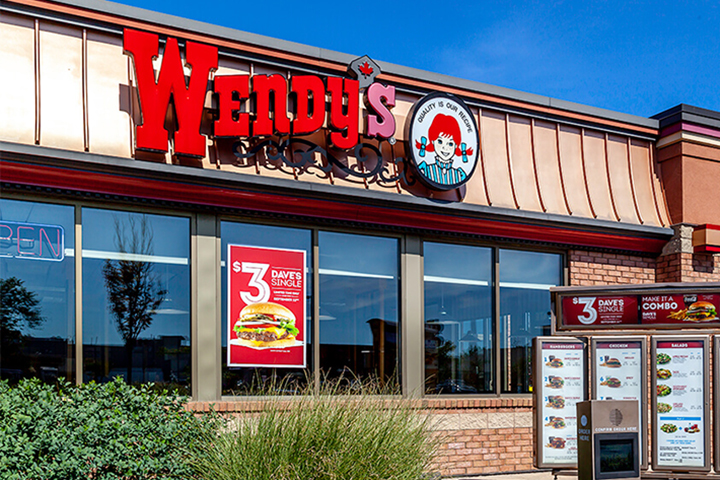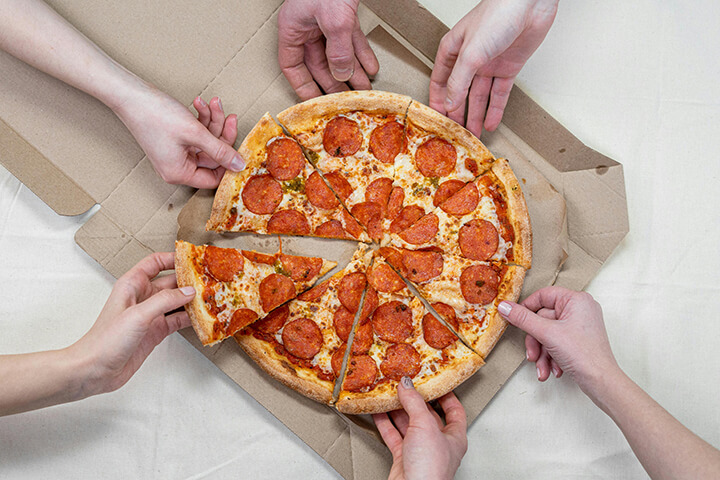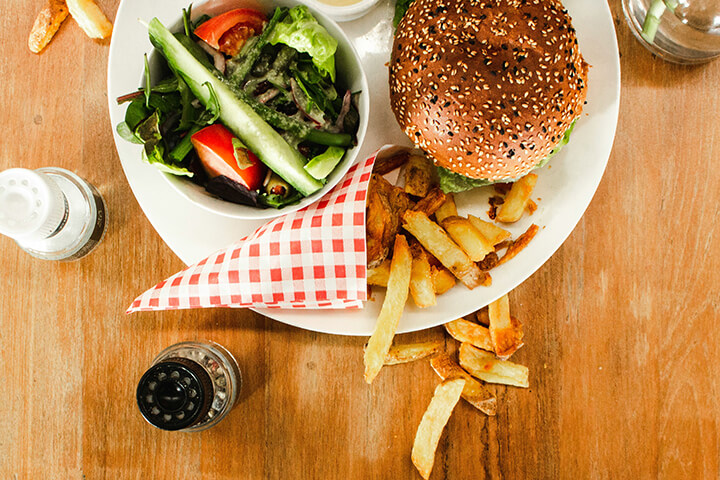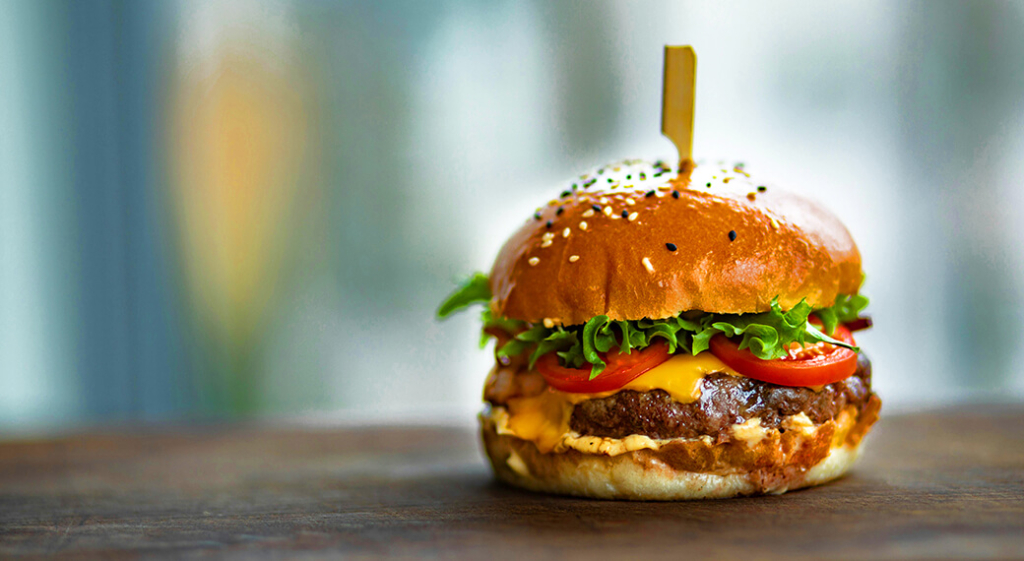The restaurant industry is abuzz with a concept borrowed from other sectors: dynamic pricing. This strategy involves adjusting menu prices based on factors like time of day, customer demand, and even weather. While not entirely new, technology and consumer interest are creating a potential tipping point for its widespread adoption.
Dynamic Pricing in the News

Innovative fast-food chain Wendy’s recently made headlines for announcing plans to experiment with dynamic pricing. While it was initially misinterpreted by the media as “surge pricing,” president and CEO Kirk Tanner clarified, “Beginning as early as 2025, we will begin testing more enhanced features like dynamic pricing and day-part offerings.”
This move echoes the sentiment presented in the NRA’s 2024 State of the Restaurant Industry Report. They found that more than 8 in 10 adults would take advantage of discounts for dining on slower days of the week or off-peak times of the day. The NRA also found that 90% of restaurant operators say their customers are more value-conscious than they used to be.
Digital Dining and Data

Dynamic pricing isn’t entirely revolutionary in the restaurant world. We’ve seen it in action for decades with happy hour specials and early bird promotions aimed to fill seats during traditionally slow periods. However, these methods often have fixed windows and limited menus. Modern dynamic pricing aspires to be more nuanced, adjusting prices in real-time based on live data.
Data on a Plate
Online ordering platforms and reservation systems create a wealth of customer data. Restaurants can now track not only peak hours but also analyze dishes in high demand during specific times and leverage this information to adjust pricing strategically. For example, imagine a breakfast joint slightly increasing prices for pancakes on a particularly busy Saturday morning, while offering a discount on omelets to incentivize a quicker-to-prepare option.
The Price Is Right
Currently, early adopters might use basic analytics to adjust prices based on factors like day of the week or time of day. However, future-facing operators are interested in the role AI could play in taking dynamic restaurant pricing to a more sophisticated level. Machine learning algorithms could analyze vast amounts of real-time data, including:
- Weather patterns, for instance, offering discounts on hot summer days for cool, crisp salads
- Local events, such as increasing prices near a concert venue
- Social media sentiment or adjusting prices based on online reviews
- Customer demographics and ordering habits
- Inventory management, for example, adjusting prices for ingredients that are nearing expiration
Realistically, while AI holds promise, widespread adoption in restaurants is likely still a few years away.
Borrowing From the Hospitality Model

For restaurants, the potential monetary benefits of dynamic pricing are enticing. However, the approach isn’t without its challenges. Customers accustomed to static menus might find dynamic pricing confusing or even unfair. To counter consumer backlash and frivolous lawsuits, transparency will be crucial. Restaurants implementing dynamic pricing will need to clearly communicate how pricing works.
The travel and hospitality industries offer valuable lessons. Hotels have long used dynamic pricing to adjust room rates based on factors like seasonality and local events. As customers, we have grown accustomed to this practice, understanding that peak demand comes at a premium. The success of dynamic pricing in these industries suggests that restaurants can achieve similar acceptance with careful implementation and clear communication.
How Customer Perception Shapes Dynamic Restaurant Pricing

Ultimately, the success of dynamic pricing hinges on consumer perception. Studies suggest that customers are more receptive to price adjustments during off-peak hours, viewing discounts to get a good deal. While the concept is evolving, dynamic pricing is unlikely to become the norm for every restaurant. It’s doubtful that fine-dining establishments with a focus on exclusivity would find it necessary. However, for casual and fast-casual chains, it presents an opportunity to optimize revenue while potentially providing lower prices in a time of inflation.
The future of restaurants might involve a blend of tradition — a core menu with familiar price points — and technology-driven adjustments that cater to the ever-changing needs of customers and the demands of a competitive industry.
An Algorithmic Appetite

Dynamic pricing in restaurants is an evolving concept with the potential to reshape the industry. Its success will depend on a careful balancing act between maximizing profits, maintaining customer satisfaction, and creating a dining experience that feels fair and transparent.



